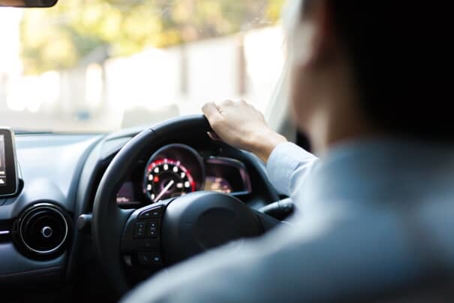Across the country, thousands of car accidents of varying severity happen each day. In some of these crashes, people walk away unharmed. But many others cause catastrophic injuries.
If you’re someone who commutes to work or drives often for other reasons, then it won’t hurt to consider upgrading your vehicle’s safety systems. Doing so could dramatically reduce your chances of getting into a crash. Some safety upgrades can also help prevent severe injuries if a crash does happen because you can never 100% be certain you won’t get hit by a reckless driver when you’re on the road.
Five of the most popular vehicle safety upgrades you can get are:
- Backup cameras: Many vehicles come with backup cameras as the standard now because the technology is undeniably useful. Rather than straining to see everything behind you when you put your car in reverse, a backup camera linked to a dashboard screen gives you a clear view. Most models will even show a predicted path for your vehicle based on how your wheels have been turned as you reverse.
- Crash Imminent Braking (CIB): One of the more impressive automobile safety features to hit the market in recent years is the Crash Imminent Braking system. This upgrade uses forward-facing sensors to detect when the vehicle is approaching another object at too fast a speed given its predicted trajectory. If the system calculates that a crash will happen imminently, then it will automatically apply the brakes for the driver and sound alarms. Smart cars like Tesla vehicles use CIB systems for their autonomous driving functions, but you might be able to have this futuristic safety feature added to your car, too.
- Blindspot detection: How many times have you merged onto the freeway only to have a close call with a driver you couldn’t see in your blind spot? With blind spot detection upgrades, you can help ensure this never happens again. A blindspot detection system uses side-facing sensors to scan for adjacent vehicles. If it finds one in your blind spot, then a little light on the relevant side mirror will illuminate, telling you not to merge or change lanes until the blind spot is clear.
- Lane departure warning system: Another clever system you might want to add to your car is a lane departure warning system. This technology can recognize lane markings like paint strips and reflectors to analyze the size and width of the lane you are in. If you start to drift out of the lane without engaging your turn signal, then the system assumes it is being done unintentionally and will warn you that you are leaving your lane. Advanced lane departure warning systems can even engage auto-steering to place you back into your lane without needing you to react.
- Adaptive headlights: Turning blind corners at night can be dangerous, even with your headlights on. Adaptive headlights use rounded lenses and moveable light bulbs to turn the light of your headlights as your vehicle turns. When you want to turn right, for example, the bulbs turn, too. The result is that you can see what is around the bend seconds before you would have had you used traditional headlights.
For more information about driving safety, be sure to visit the blog of Clawson & Clawson, LLP in Colorado. You can also contact our firm if you need legal help with a car accident claim.
